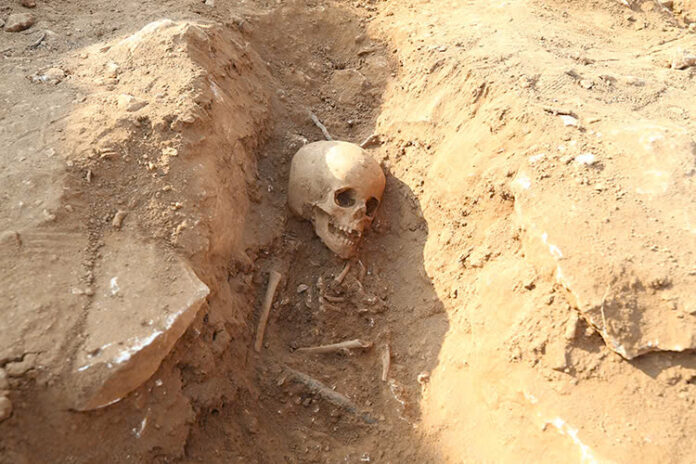Archaeologists discovered 54 children’s graves at Diyarbakır quarry
Unexpected discovery sheds light on early Christian baptism customs

In a remarkable archaeological discovery, researchers discovered a cemetery containing the remains of 54 children aged 0-6 years in Diyarbakır, southeastern Turkey. The discovery, made during the excavation of an old quarry in the Kulp district, has provided valuable insights into early Byzantine burial rituals and Christian traditions.
A glimpse into the past

The excavation, which began in 2021 after the discovery of Byzantine coins, has yielded important discoveries. Last year, the team excavated the ruins of a 1,500-year-old church. The recent discovery of the children’s cemetery has intensified their efforts and caused considerable interest among experts.
Müjdat Gizligöl, Acting Director of Diyarbakır Museum, described the discovery as “very interesting”, noting that the site appeared to have been converted from a quarry into a cemetery specifically for children. The tombs, facing east to west, were carefully constructed with limestone blocks and lids, suggesting intentional burial practices.
Decode the mystery
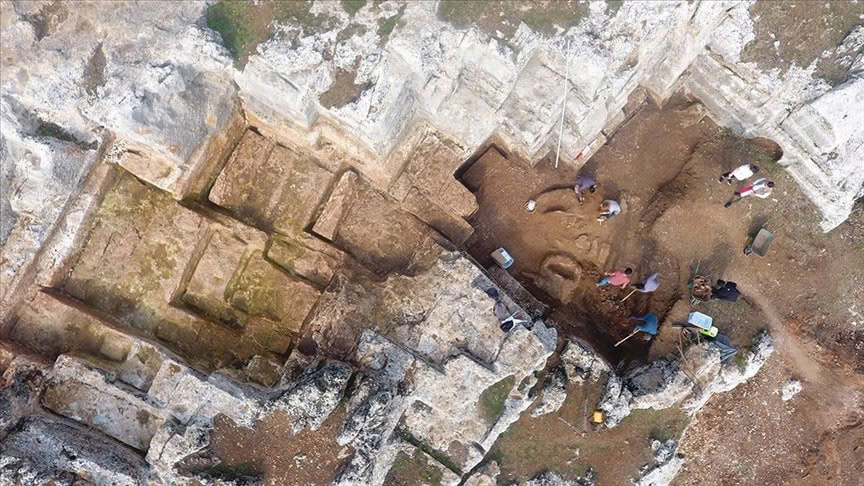
Dr. Nazlı Akbaş, an anthropologist from Gaziantep University, believes that the cemetery’s location and exclusive use for young children may be related to early Christian baptism rituals. During the early Byzantine period, baptism was commonly performed on adults, with infant baptism becoming more common after the 10th century.
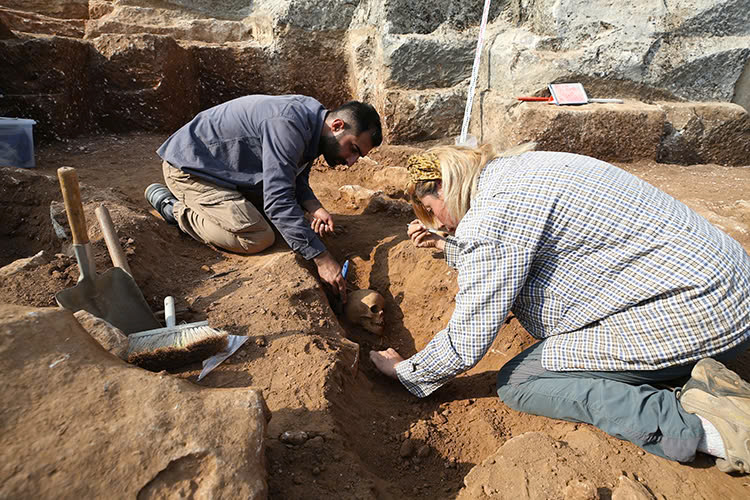
Akbaş suggested that these graves may belong to unbaptized infants and young children who, according to early Christian beliefs, could not be buried on church grounds. This theory is supported by similar finds at other Byzantine sites, such as the Amorium excavations at Afyonkarahisar.
Ongoing research and future insights
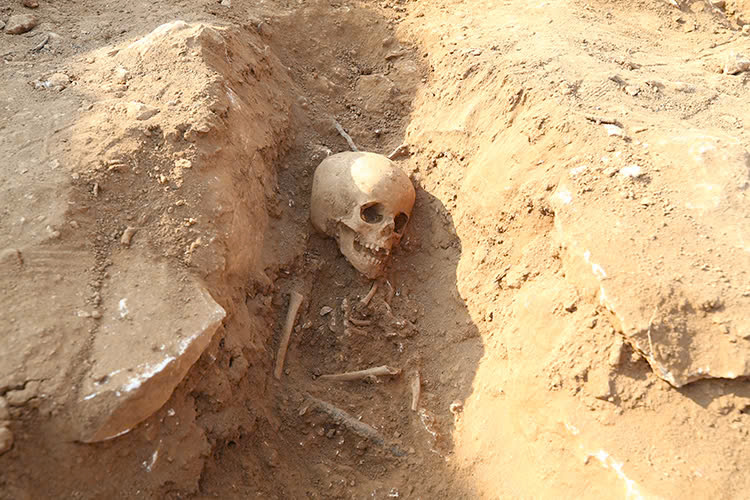
As excavations continue, researchers plan to conduct detailed studies of the remains to determine the age, gender, and possible cause of death for these young individuals. Although preliminary examinations do not indicate that disease was the cause of death, further analysis may provide more conclusive answers.
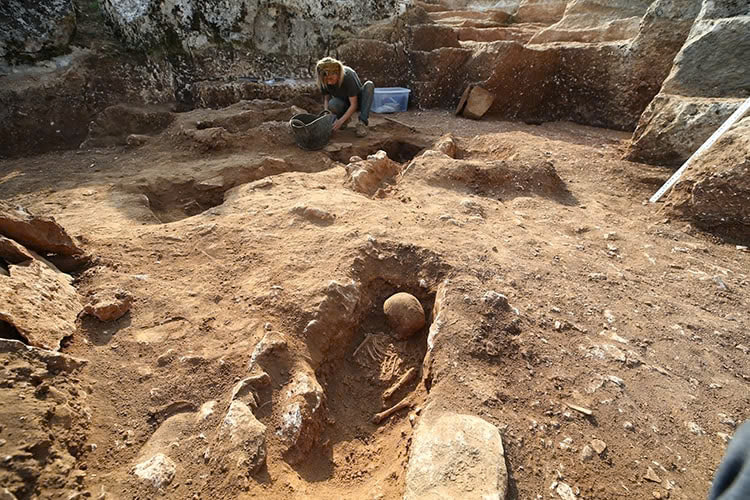
This unique find offers a rare opportunity to study early Byzantine burial customs and provides valuable insights into the religious and cultural practices of that period. As work progresses, archaeologists hope to uncover more clues about this fascinating children’s cemetery and its place in early Christian history.
